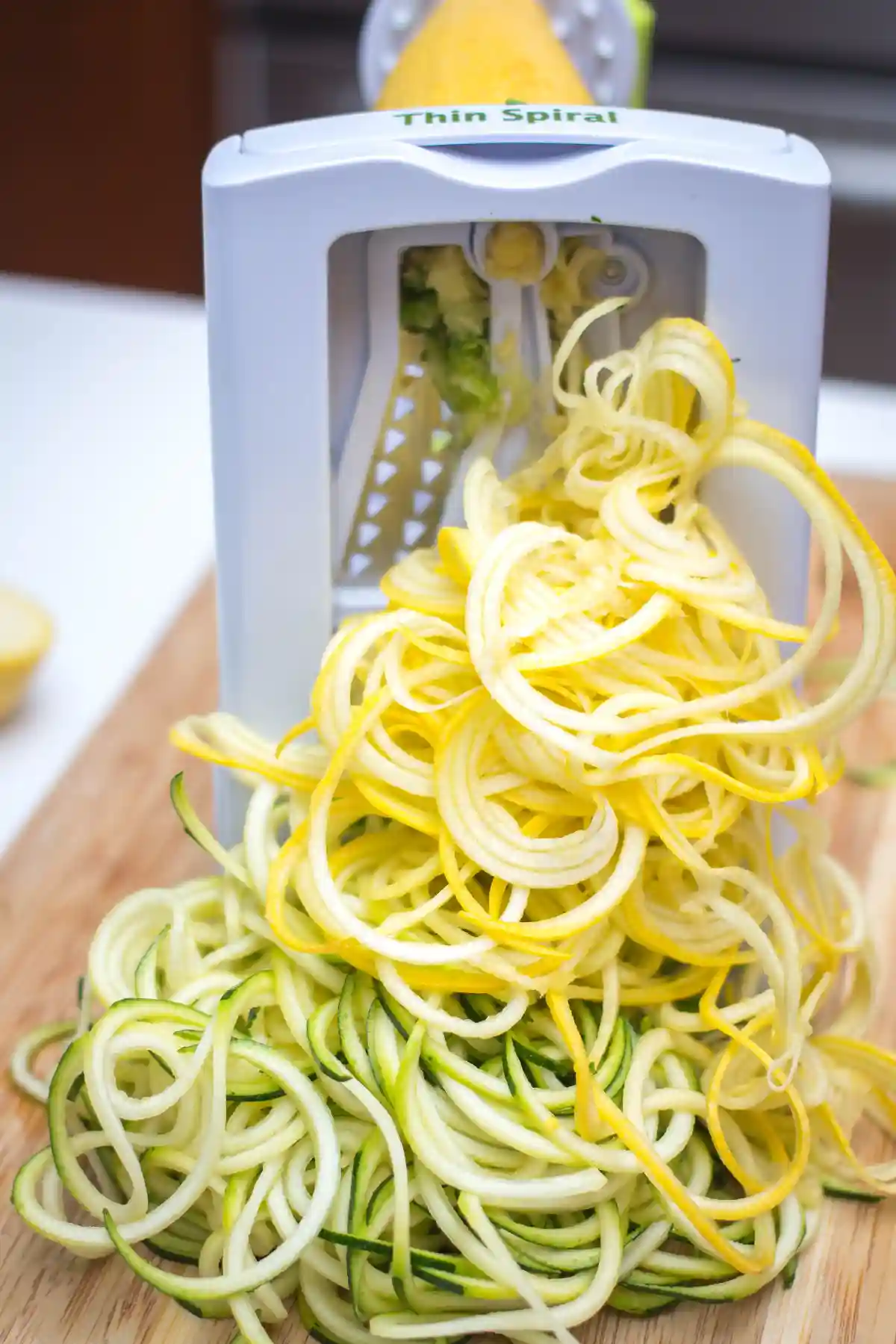Celiac.com 08/09/2025 - Buckwheat noodles are known for their health benefits, especially in East Asian cuisines like Japanese soba. Buckwheat is packed with nutrients—fiber, vitamins, minerals, and antioxidants—but there’s a catch: it doesn’t contain gluten. Gluten is the protein that gives wheat-based dough its elasticity and chewiness, making it easier to roll out, shape, and cook into high-quality noodles.
Without gluten, buckwheat noodles often end up brittle, sticky, or mushy. This study aimed to solve that problem by investigating whether a natural plant gum derived from the seeds of Artemisia sphaerocephala Krasch (a desert plant native to parts of Asia) could improve the texture and structure of buckwheat noodles.
The Experimental Ingredient: Artemisia Gum
Celiac.com Sponsor (A12):
The gum from Artemisia seeds—called AsKg—is a hydrocolloid, a type of substance that can hold water and form gels. Hydrocolloids are commonly used in gluten-free baking to mimic some of gluten's structural properties. The study tested whether AsKg could improve dough behavior and final noodle quality when combined with a buckwheat-wheat flour mix in a 3:7 ratio (30% buckwheat, 70% wheat).
Researchers compared four different methods of adding this gum:
- DP (Dry/Pre-addition) – Dry gum added before water.
- DD (Dry/Delayed addition) – Dry gum added after water.
- HP (Pre-hydrated/Pre-addition) – Gum soaked in water beforehand, then added first.
- HD (Pre-hydrated/Delayed addition) – Soaked gum added after water.
What the Study Found: Hydration Is Key
The researchers discovered that how and when the gum was added made a big difference. The most effective method was HP (Pre-hydrated, Pre-addition). This method allowed the gum to integrate better into the dough, promoting more water absorption by the gluten proteins and forming a more consistent, elastic network.
Here's what happened in each method:
- HP (Pre-hydrated, Pre-addition) led to a strong, stretchy dough that held together well and produced noodles with a firm but pleasant texture.
- DD (Dry, Delayed addition) showed moderate improvement.
- HD (Pre-hydrated, Delayed addition) produced inconsistent results.
- DP (Dry, Pre-addition) was the least effective and sometimes even weakened the dough structure.
The conclusion: hydrating the gum beforehand and adding it early in the process gave the best results.
The Science Behind the Dough
Gluten proteins need water to "activate" and form the stretchy, springy networks that give noodles their texture. By helping regulate the dough's water content, AsKg gum supported gluten formation in the wheat portion of the flour. It also enhanced the water retention of the entire dough system, which is especially useful in gluten-reduced or gluten-free formulations where moisture management is difficult.
Interestingly, the right use of the gum didn’t just improve structure—it also improved the dough’s ability to deform without breaking, which is important for machine processing and noodle extrusion.
Impact on Noodle Quality
When tested, noodles made with the HP method had the best texture, resilience, and cooking performance. They were less sticky, more elastic, and had fewer broken strands after boiling. This has important implications for commercial noodle production and home cooking alike.
The improvements were consistent across a range of tests:
- Dough mixing consistency
- Water distribution within the dough
- Gluten network structure under a microscope
- Cooking loss and texture firmness of the finished noodles
Why This Matters for People with Celiac Disease or Gluten Sensitivity
Although this study used a flour mix that included 70% wheat (and is not gluten-free), it has important takeaways for developing better gluten-free alternatives, including noodles made with 100% buckwheat or other non-gluten grains like rice, millet, or sorghum.
Here’s why this study is significant for those avoiding gluten:
- Natural hydrocolloids like AsKg can improve gluten-free textures. People with celiac disease often find gluten-free products too crumbly or soft. This research confirms that strategic use of plant-based gums can overcome that problem.
- Hydration and timing are crucial. For anyone trying to make homemade gluten-free noodles or breads, pre-hydrating ingredients like psyllium husk or xanthan gum before mixing can improve results—just like AsKg did here.
- New ingredients are being explored. AsKg is already approved for food use in China, and its successful performance in this study could lead to broader acceptance in other countries. That means more choices and better products for those with dietary restrictions.
- Gluten-free noodle innovation is advancing. Texture has long been the weak point of gluten-free noodles. With new research like this, manufacturers might produce buckwheat-based noodles that are finally as satisfying as traditional wheat-based ones.
Study Limitations and Future Directions
The study’s buckwheat-to-wheat ratio means the noodles aren’t suitable for people who must avoid all gluten. However, the real value lies in understanding the mechanism of dough improvement, which can be applied to fully gluten-free recipes. Future studies could:
- Test the gum in completely gluten-free flours.
- Compare AsKg with more common gluten-free hydrocolloids like guar gum, xanthan, or psyllium.
- Evaluate long-term storage, shelf life, and consumer preference.
There’s also a need to test whether AsKg causes any allergic reactions or has interactions with other gluten-free grains.
Final Thoughts: A Promising Step Forward in Gluten-Free Food Science
This research offers a promising path for improving the quality of gluten-reduced or gluten-free noodles using a natural, plant-derived gum. It shows that not only the ingredient, but also how and when you use it can make a major difference.
For individuals with celiac disease, non-celiac gluten sensitivity, or those choosing a gluten-free lifestyle, this study helps shine light on how future foods can be made both safe and satisfying. Better noodles are on the horizon—not just healthy, but also delicious and durable.
Read more at: sciencedirect.com









Recommended Comments
There are no comments to display.
Create an account or sign in to comment
You need to be a member in order to leave a comment
Create an account
Sign up for a new account in our community. It's easy!
Register a new accountSign in
Already have an account? Sign in here.
Sign In Now